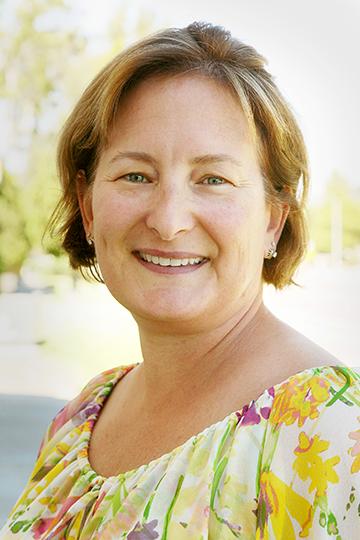Last week, San Diego State welcomed Pamela Starr as the new director of Student Disability Services. The previous director was the late Mary Shojai.
Having received her bachelor’s and master’s degrees from SDSU, Starr returns to her alma mater after working at Eastern Connecticut State University for more than 20 years as the director of the Office of Accessibility Services.
Starr said she is excited to return to California and hopes to help further SDS’ already well-established program.
“I’m ecstatic, it’s the only way I can describe it,” Starr said. “What I see is a very established program that provides strong services to students. My vision moving forward is to bring our program to the outer community and make Student Disability Services a part of campus culture.”
Starr said SDS exists as a legal mandate to bring equal access to higher education for students struggling with learning disabilities. The department strives to accomplish this by providing academic support through accommodations and guidance.
Starr has extensive experience with disability services, having published more than 25 academic papers and presentations discussing proper care for students with special learning needs.
Associate Director of SDS Cindi McClain believes that Starr’s knowledge of the field will make her a valuable addition to the department.
“We are all very excited that Dr. Starr has joined our team. Her experience in disability services and her passion for creating equal access for people with disabilities makes her a great fit for SDSU,” McClain said.
SDS Office Systems Specialist Nancy Goodknight echoes McClain’s belief. “I’m really excited, I think Pam is going to be amazing. The whole mood of the office has been uplifted this week,” Goodknight said.
SDS also provides support to students with visual limitations, hearing and communication impairments, and functional limitations.
According to its mission statement, the department collaborates with other SDSU faculty, staff and the campus community to minimize academic and physical barriers for students with disabilities and increase disability awareness on campus. SDS currently serves about 1,050 SDSU students.
Starr said her main goal is to create a streamline for online communication between SDS, professors and students. Her main priority at SDSU is to educate students about disabilities, she said.
“Students are the professionals of tomorrow,” Starr said. “Any knowledge of people with disabilities will make them better professionals.”
Photo courtesy of Kim Calderon







